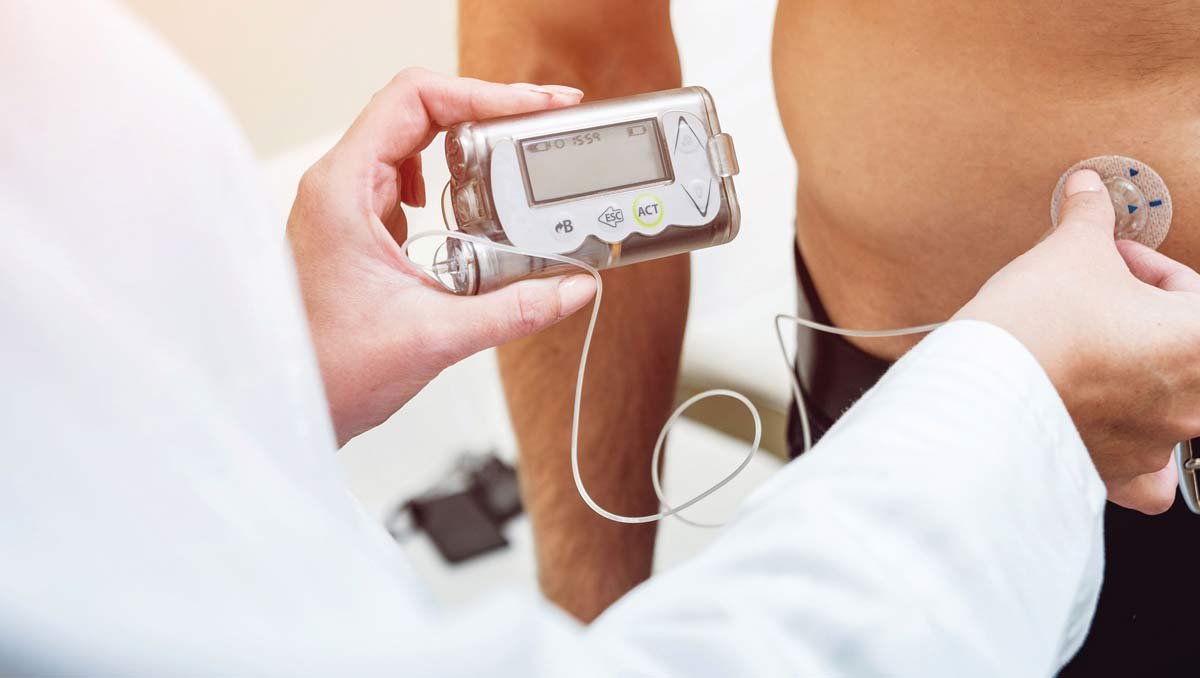The rising global prevalence of diabetes has highlighted the need for advanced management tools such as insulin pumps. These devices offer continuous and personalized insulin delivery, closely mimicking the body’s natural secretion patterns and significantly improving blood glucose control. As a result, the insulin pump market is experiencing rapid growth, fueled by technological advancements and strategic industry partnerships.
Market Growth and Projections
The global insulin pump market was valued at over USD 4.2 billion in 2023 and is projected to expand at a compound annual growth rate (CAGR) of 13.4% from 2024 to 2032. This remarkable growth is driven by increasing collaborations among technology firms, research institutions, and healthcare providers, all working to enhance device innovation. The demand for more efficient and user-friendly insulin management solutions continues to rise, reinforcing the sector’s expansion.
Technological Innovations
Recent advancements in insulin pump technology have led to the development of tubeless insulin pumps, which offer users greater comfort and flexibility. Unlike traditional models, these tubeless devices eliminate the need for external tubing, simplifying insulin delivery and improving overall user experience. The tubeless insulin pump market alone was valued at approximately USD 1.8 billion in 2022 and is expected to surpass USD 8 billion by 2032, reflecting a growing preference for convenient, wearable solutions.
Home Care Adoption
The ease of use and convenience of insulin pumps have contributed to their increasing adoption in home care settings. In 2023, the home care segment accounted for around USD 3.2 billion of the global insulin pump market, demonstrating a shift towards patient-centered diabetes management. This trend aligns with the broader movement toward home-based healthcare, which prioritizes patient comfort and autonomy while reducing the burden on clinical settings.
Industry Collaborations
Strategic partnerships among key industry players are accelerating insulin pump innovation and market penetration. Leading companies are working alongside technology firms and research institutions to integrate advanced features such as continuous glucose monitoring (CGM) systems and automated insulin delivery algorithms. These collaborations are essential for maintaining a competitive edge and ensuring that insulin pumps continue to evolve with emerging healthcare technologies.
Insurance and Reimbursement Policies
Favorable insurance and reimbursement policies play a crucial role in increasing access to insulin pump therapy. By lowering out-of-pocket costs, these policies enable a broader patient population to adopt advanced diabetes management solutions. The expansion of healthcare coverage for insulin pumps is essential in driving further market growth and ensuring equitable access to life-changing diabetes care technologies.
Conclusion
The insulin pump market is poised for continued expansion, driven by technological advancements, strategic collaborations, and supportive healthcare policies. As these devices become more user-friendly and accessible, they will play an increasingly vital role in improving the quality of life for individuals managing diabetes. With ongoing innovation and industry support, the future of insulin pump therapy looks promising, offering enhanced solutions for diabetes care worldwide.

